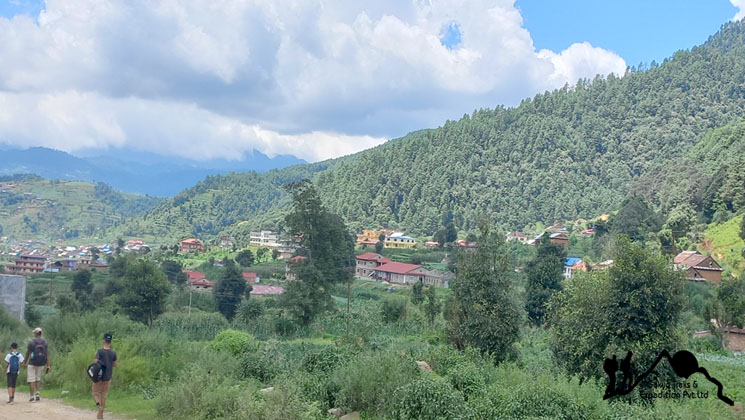Studying in the United States is a dream for many international students seeking quality education and diverse cultural experiences. However, navigating the complex visa system can be daunting. Nonimmigrant visas are the key to unlocking educational opportunities in the US for international students. Let’s explore the various nonimmigrant visas available for students wishing to study in the United States.
1. F Visa (Academic Studies):
The F visa is the most common type of student visa for individuals pursuing academic studies at a college, university, or other accredited educational institution in the United States. It is divided into two categories:
- F-1 Visa: This visa is for full-time students enrolled in academic programs, including undergraduate, graduate, and language training programs. F-1 visa holders have the option to work on campus and may be eligible for Optional Practical Training (OPT) after completing their studies.
- F-2 Visa: Reserved for dependents of F-1 visa holders, such as spouses and unmarried children under 21. F-2 visa holders are not permitted to work or engage in full-time study but may enroll in part-time recreational or vocational courses

2. J Visa (Exchange Visitor Program):
The J visa is designed for individuals participating in approved exchange visitor programs in the United States. It encompasses a wide range of exchange activities, including educational and cultural exchanges. The J visa has two primary categories:
- J-1 Visa: Commonly used by exchange students, scholars, and participants in work-and-study-based exchange programs. J-1 visa holders may be subject to the two-year home-country physical presence requirement upon completion of their program, which may restrict certain immigration benefits.
- J-2 Visa: Issued to dependents of J-1 visa holders, allowing them to accompany the primary visa holder to the United States. J-2 visa holders may apply for work authorization under specific circumstances and with approval from the United States Citizenship and Immigration Services (USCIS).
3. M Visa (Vocational Studies):
The M visa is intended for individuals pursuing non-academic or vocational studies at recognized vocational or non-academic institutions in the United States. It is divided into two categories:
- M-1 Visa: For students enrolled in vocational or technical programs leading to specific vocational or non-academic credentials. M-1 visa holders are not permitted to work during their studies and have limited opportunities for practical training compared to F-1 visa holders.
- M-2 Visa: Similar to F-2 and J-2 visas, the M-2 visa is for dependents of M-1 visa holders, allowing them to accompany the primary visa holder to the United States. M-2 visa holders are not authorized to work or engage in full-time study but may enroll in part-time recreational or vocational courses.
These nonimmigrant visas enable international students to pursue diverse educational opportunities in the United States. However, it’s essential for prospective students to familiarize themselves with the requirements and restrictions associated with each visa category before applying. Maintaining compliance with visa regulations, staying enrolled in a full course of study, and adhering to any visa-related reporting obligations are critical for maintaining legal status in the United States.
In conclusion, nonimmigrant visas for students play a vital role in facilitating international education and cultural exchange in the United States. Whether pursuing academic studies, participating in cultural exchanges, or engaging in vocational training, these visas open doors to enriching experiences and valuable learning opportunities for students from around the world.


